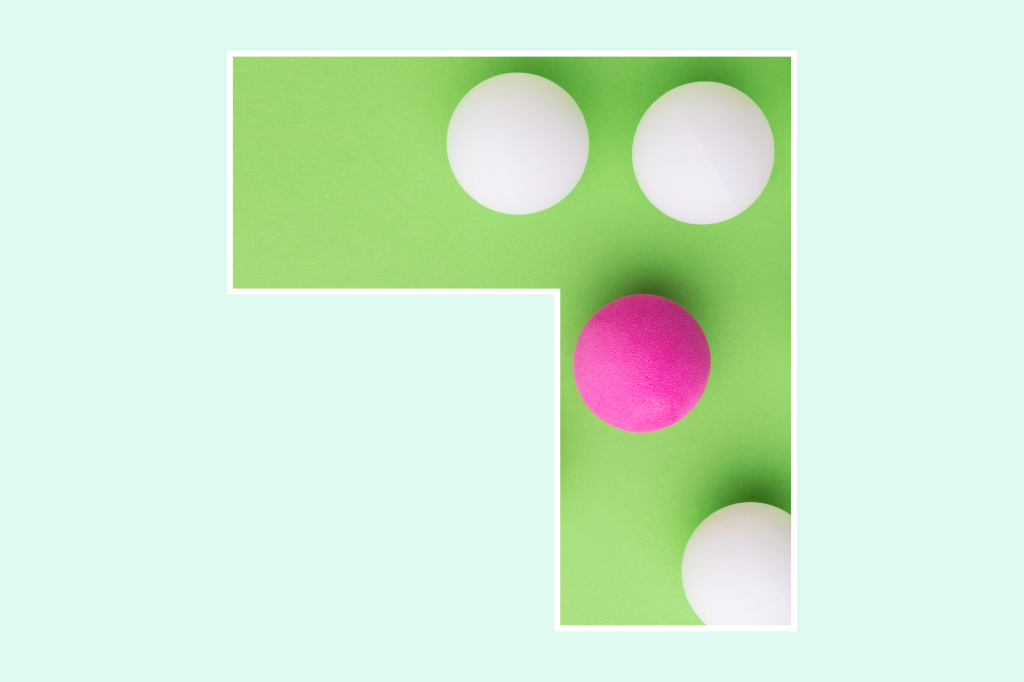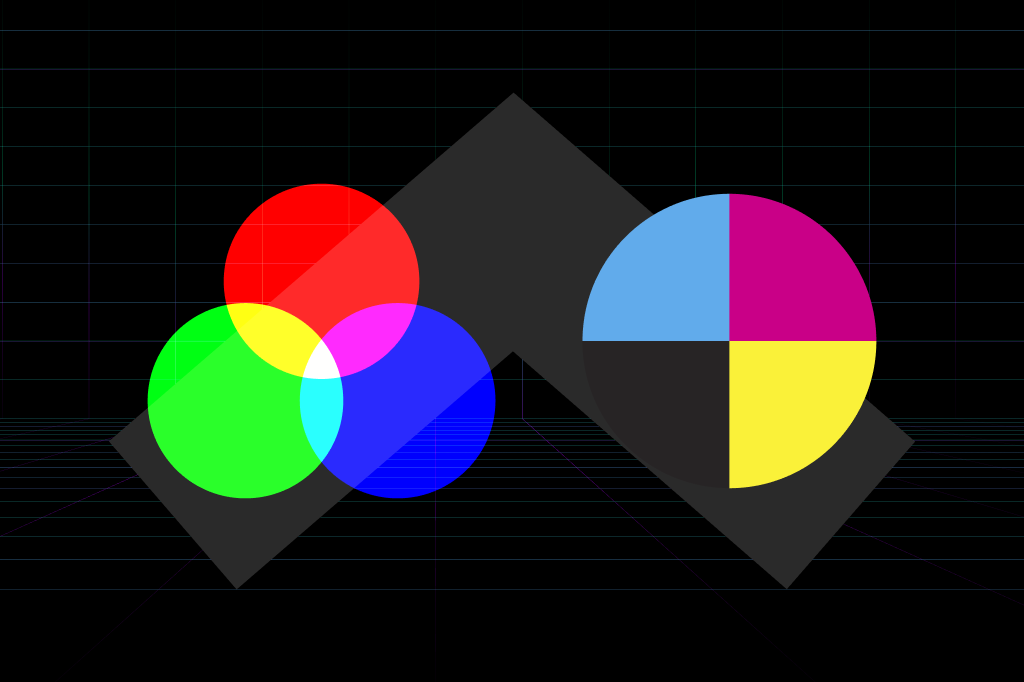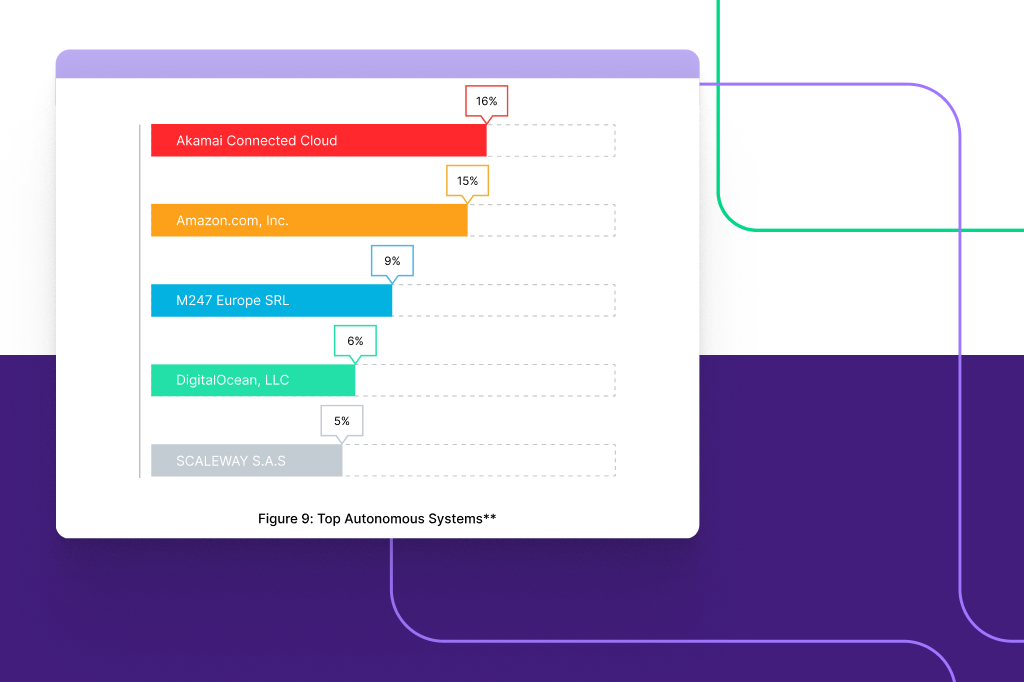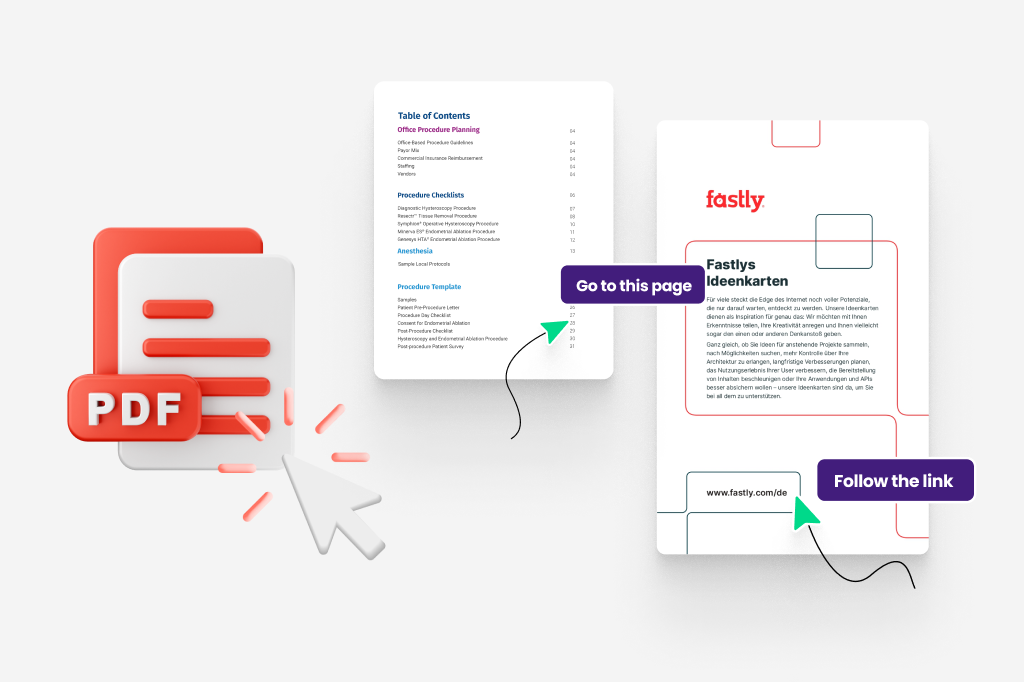
09/19/2023
Pros and Cons of Using Design Templates and How They Affect Your Business
”10 Design Templates For Your Next Business Infographic.” ”15 Free Design Templates to Make Your Business Website Stand Out.”
Sound familiar?
Anyone who has been on Pinterest long enough knows there’s a template for practically anything you need there. Need a printable for your weekly meal plans? Want to find a template for your business social media posts? There’s a free version for everything.
But is it worth it? Using design templates can help cut down costs and may speed up certain business operations. On the flip side, these templates lack uniqueness.
So, do you use them or not? Let’s weigh the pros and cons of using design templates for businesses.
What Is a Design Template?
A template is a pre-made design, typically made with vector graphics or a raster image. You can customize the template according to your needs.
Typically, templates are made to meet specific standards. For example, if you go to Canva and search for Instagram post templates, the results will have Instagram’s standard image dimensions and size. The same is true for YouTube and website banners.
Most elements of a design template are pre-built. As you can see below, the template already has a color scheme, which is black, white, and gray. There’s a slot for the account owner’s picture. Plus, there are text boxes for name, email address, and title. The fonts and text sizes are also preset.

When using this template, you can do one of the two things. One, you can simply remove the placeholder text and image with your own. Two, you may tweak the text size, background color, image placement, font, etc.
Either way, you’re not starting from scratch. Instead, you’re building off an existing template.
Benefits of Design Templates For a Business
Businesses, regardless of size, have various design needs. First things first, you need a website. Web design influences SEO and user engagement.
Businesses also need branding and logo design. Many small businesses overlook the importance of eye-catching branding. But the attraction lies in the detail.
What’s the first thing that comes to mind when you think of a yellow ”M?” McDonald’s, right? A bitten apple? Apple. The Swoosh? Nike.
You get the point.
It’s well-established that you need to create an identity for your brand that customers don’t forget. There are two ways to go about it. You can either hire professional designers or use free templates. Here are some benefits of using the latter for business use cases.
Inexpensive
It’s not uncommon to find free design templates online. Even the paid ones cost as little as $10 to $50. Some websites where you can find design templates are Adobe, Canva, SlideModel, and Creative Market.
Thousands of ready-made designs are available for banners, websites, documents, presentations, and logos. All you have to do is insert your relevant information in the correct places.
On average, hiring an in-house graphic designer adds an extra $56,692 to your annual costs. Add another $50,411 if you want to bring a web designer on board.
With the average profit margin for a small business being around 7% to 10%, there’s no room for such expensive hires. Using pre-made templates can help a small business save money and maximize profits.
Besides marketing, templates are also available for web design, brochures, flyers, and more. There’s something for everyone, regardless of their budget.
Systematization
When you download design templates from reputable websites, they will meet the standards and requirements of the platforms where you plan to use them.
Suppose you have an Etsy shop. You want to create a cover photo for it. If you find designs for it from a trusted source, you won’t have to worry about it being resized for viewing on mobile or any other device. The template will already be the correct size.
Bigger businesses can also benefit from this systematization since templates usually meet the required specs for business cards, Facebook ads, email headers, postcards, social media posts, and other marketing material.
Disadvantages of Design Templates For a Business
Although using design templates seems like an attractive option, it’s not always the best idea. As a budding business, you might start with templates. But once you start falling into the medium-sized business category, it’s time to get professionals on board.
You may argue there’s no need for extra expenses where free and cheap templates are available. Let us assure you there’s definitely a need. Here’s why.
Brand Inconsistency
Using templates across various marketing materials can result in brand inconsistency. For example, the template you use for your website may not be the same as the one you use for your brochures, which can confuse or alienate customers and weaken your brand’s identity.
Let’s explain this with an example. When you go to Nike’s home page, you see the Swoosh on the top of the home page. The same logo is also visible on the company’s products and packaging. What if Nike changed the Swoosh for each marketing material or used different fonts for its name?
Would you recognize the material to be from Nike despite its high quality? Not really.
The issue with templates is that they’re not always convertible from one material to another. Just because it looks good on your website doesn’t mean it will look just as good on a poster. As a result, you’ll have to use a new template, leading to misalignment between branding materials.
Lack of Exclusivity
Design templates are not exclusive to your brand. The last thing you want is for another business in your industry to have the same branding as you. Or even worse, use the same template as some makeup influencer or a Twitch gamer.
What does that say about your business sense? Generic designs look unprofessional because they lack originality.
It’s easy for your target audience to see you picked up your designs from Adobe and didn’t try to create something unique.
Poor Audience Connection
A 2019 Forrester study revealed some interesting things about consumer behavior. The researchers noted that emotional connection has a larger impact on customer loyalty than ease of use or effectiveness. Interestingly, the same trend was noticed across all industries.
A professional design will help create an intuitive connection between the customer and your product. For example, a marketing brochure has visually appealing elements that help capture the attention of a potential customer.
Suppose you are a fintech company catering to millennials and GenZ. Your design should be modern and edgy. To make an emotional connection with this demographic, you should consider using bright colors and bold fonts.
On the other hand, a template is a mere copy of what’s already out there. It won’t evoke emotion in the same way. Even worse, it might remind your customers of another brand or place where they’ve seen the design before.
Limited Customization
While you can customize templates, there aren’t always many options. In most cases, you can only change the colors, text, text box placement, and maybe add a few images.
That might be enough for some use cases, like a Facebook post or Instagram story. But what happens when you need to, let’s say, create a brochure for a product launch?
Templates won’t cut it. They’re too limited in their functionality and can’t be tailored to the specific needs of your event.
You might have to add several text boxes here and there. Maybe even change the colors to match them with your brand logo. Or add a few more images since you have a lot of information to present. If you have to do so much, why not just get a custom design in the first place?
Poor Brand Perception
There’s a reason customers view Swavroski’s jewelry differently than pieces from an Instagram shop that uses Canva templates for its design. Templates can sometimes give your materials a generic or cookie-cutter appearance.
That gives customers a perception of poor creativity. They might think you’re not investing enough in branding or standing out. As a result, they’d expect lower quality from your materials.
Creating Your Own Identity With Custom Designs
There’s no denying that technology has made pre-built templates available in just a few clicks. It’s also true that you can customize these designs per your needs.
But if you rely too heavily on them, you’ll lose the originality and vision that differentiates your brands from competitors. There’s a reason just the sight of a Coca-Cola logo evokes excitement in people’s minds or why the Rolls Royce logo is associated with luxury.
It takes custom designs to create such a distinct identity for your brand. Templates can only do much. They don’t come with the same creative punch as custom designs can. Plus, they’re limited to the features available in the template.At brangho, we’re huge advocates for custom designs, not only because it’s what we excel at but also due to its potential for seamless marketing and matchless business branding. Interested in learning how we can meet your design needs? Get in touch with us to learn more.



